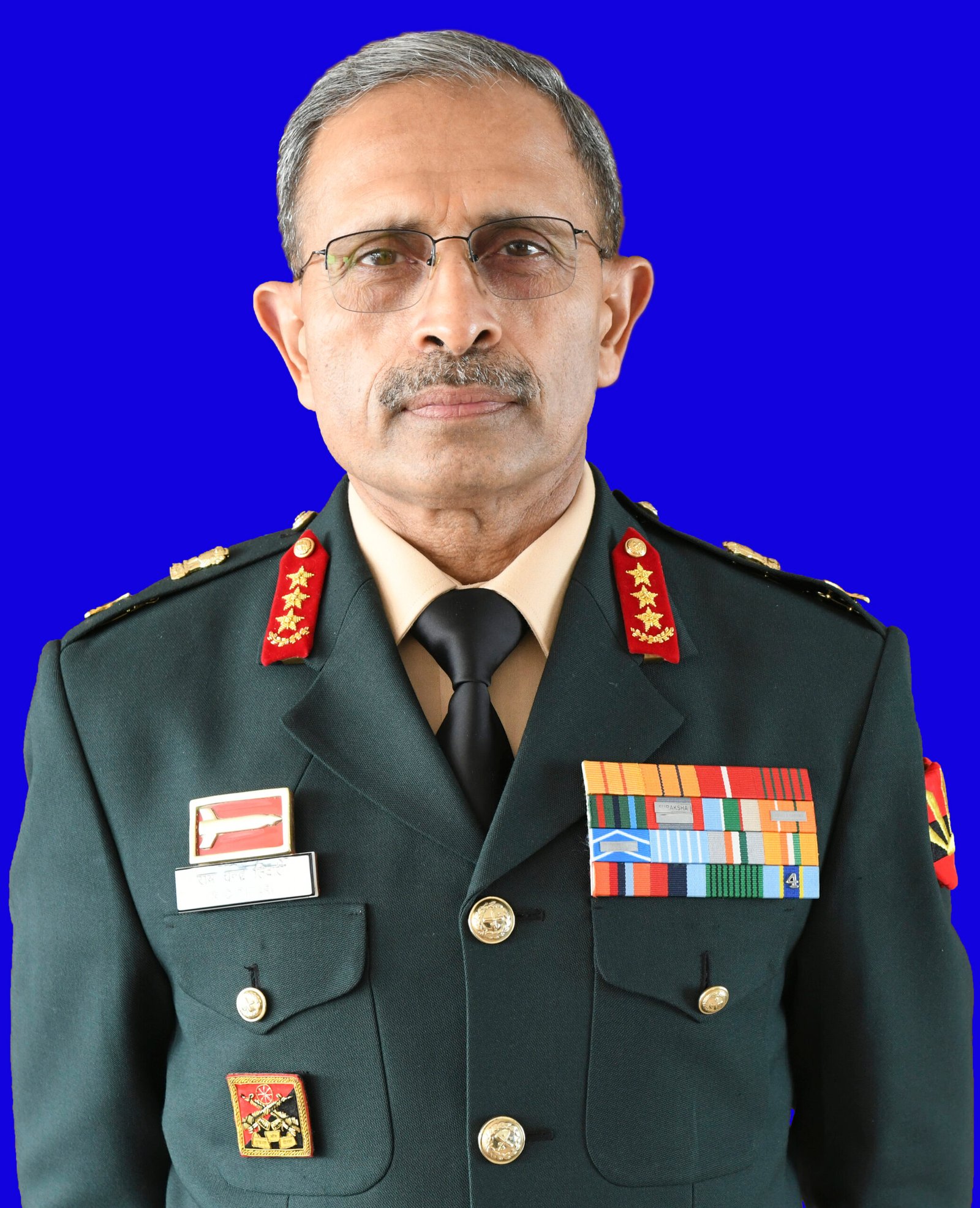Will be 50% of basic pay drawn before retirement

Tribune News Service
New Delhi, August 24
In a major pre-election move, the Cabinet chaired by Prime Minister Narendra Modi on Saturday approved a new scheme to grant assured pension to 23 lakh Central Government employees and their families who are currently covered under the National Pension Scheme (NPS).
The NPS, which replaced the old pension scheme (OPS) in 2004, does not assure employees of pension. It says that upon retirement, subscribers can withdraw up to 60 per cent of the corpus as a lump sum and use the remaining 40 per cent to buy an annuity, which provides a regular pensionable income. Though withdrawals under the NPS are tax-free, annuity is taxable.
Government employees had long been demanding NPS review and return to the OPS architecture, something the Cabinet did today. The Congress had earlier thrown its weight behind employees demanding return to OPS and gained electorally by winning the Himachal Pradesh poll in 2022.
The new Unified Pension Scheme (UPS) says that every Central Government employee will be eligible for an assured pension of 50 per cent of average basic pay during the last 12 months before retirement. “Qualifying service for the assured pension benefit will be 25 years. If the service is under 25 years but more than 10 years, a proportional pension will be given,” Information and Broadcasting Minister Ashwini Vaishnaw said.
PM Modi hailed the scheme today after meeting representatives of the Joint Consultative Machinery of the Central Government staff at his residence after the Cabinet decision. “We are proud of the hard work of all government employees who contribute significantly to national progress. The Unified Pension Scheme ensures dignity and financial security for government employees, aligning with our commitment to their well-being and a secure future,” the PM said. It will have five pillars and will be fully funded by the Budget. State governments will be free to adopt it. “There will be no throw-forward of financial obligation of the UPS to future generations,” said Cabinet Secretary-designate TV Somanathan, who headed a committee the PM constituted in April 2023 to address concerns of employees enrolled under the NPS.
Apart from assured pension to the employee, the UPS also provides assured family pension. This amount will be 60 per cent of the pension of the employee before his demise.
The third pillar of the scheme will be an assured minimum pension of Rs 10,000 per month on superannuation for an employee who has served for a minimum of 10 years. Pensioners will also get the benefits of dearness relief, which accounts for inflationary pressures.
The fourth pillar of the UPS says the employee will get lump sum payment at superannuation in addition to gratuity. This will be one-tenth of monthly emolument (pay plus dearness allowance) as on the date of superannuation for every completed six months of service.
About the Unified Pension Scheme
- Employees to get assured pension of 50% of average basic pay drawn in last 12 months before superannuation
- If service is below required 25 years but more than 10 years, a proportional pension will be given
- Provision of assured family pension — 60% of the amount drawn by employee before demise
- Assured minimum pension of ~10,000 after 10-year job
- Pensioners will also get the benefits of dearness relief
- Lumpsum payment at superannuation in addition to gratuity
- No throw-forward of obligation of UPS to future generations
- Under UPS, the Centre’s share to rise from 14% to 18.5%
- All NPS employees will have the option to switch to the UPS
- All state governments can opt for their employees too
- UPS will apply to those having already retired under NPS from 2004 onwards; will get arrears
- Arrears to cost govt ~800 cr
- Additional annual cost by way of raised central contribution to UPS and zero throw-forward of liabilities will be ~6,250 cr















































































